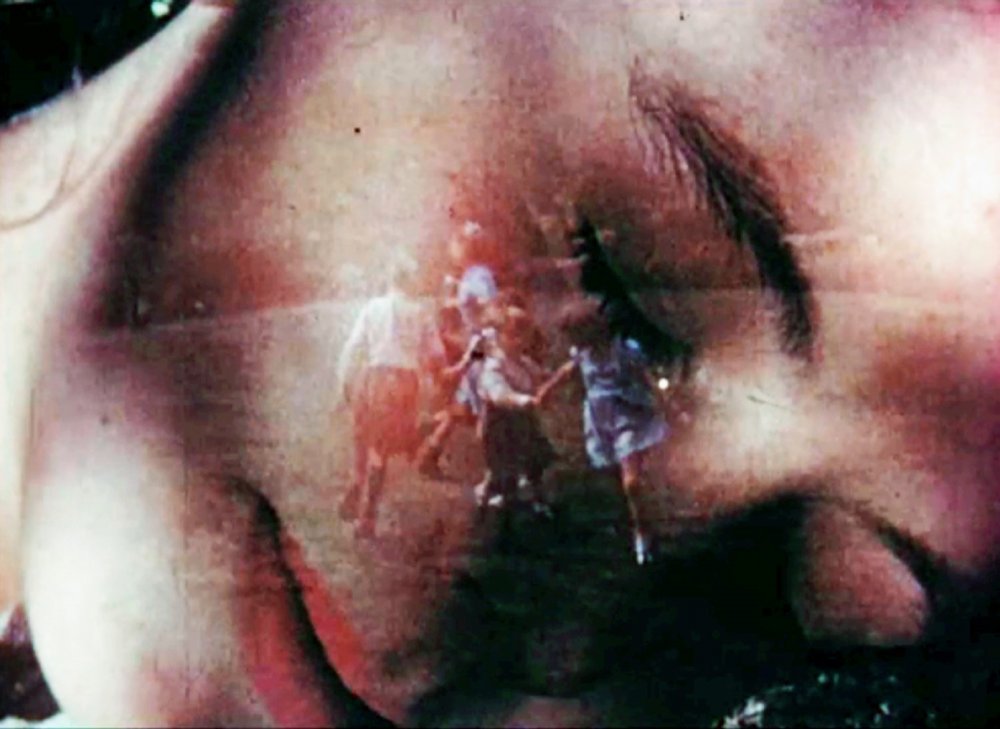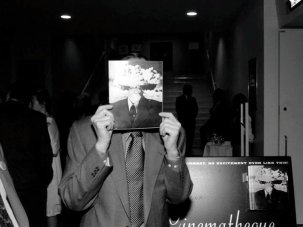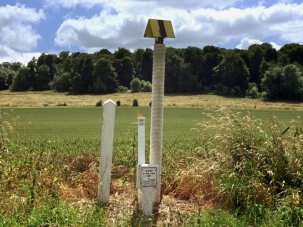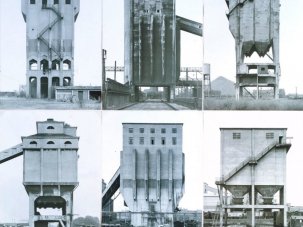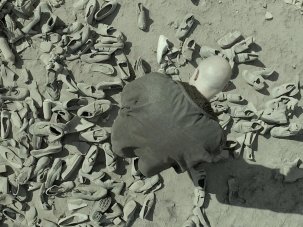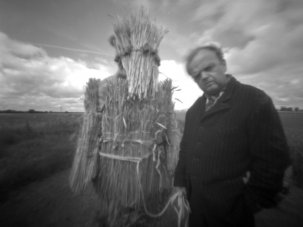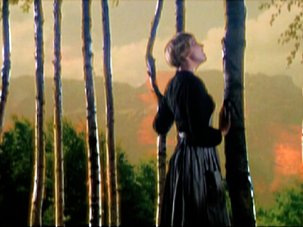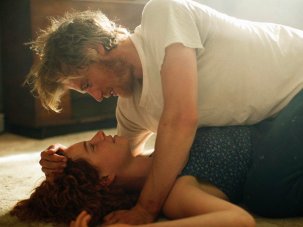After the critical buzz generated by Scottish filmmaker Paul Wright’s first feature, For Those in Peril (2013), a striking, hallucinatory piece about a survivor’s grief after a tragedy at sea, it’s perhaps a surprise that his follow-up is a found-footage collage on the theme of the British landscape. But in fact the two films make quite a pair, sharing much thematic and stylistic kinship, and it’s refreshing to see a talented young director following his muse rather than taking the career-building route into high-profile drama that might have been expected.
UK 2017
Certificate 12A 78m 30s
Director Paul Wright
Cast
Voice Ian Sexon
Voice Laura Rennie
[1.78:1]
UK release date 21 June 2018
Distributor BFI Distribution
bfi.org.uk/arcadia
► Trailer
While For Those in Peril blended a social-realist rendering of life in a Scottish fishing town with a mesmerising visualisation of its protagonist’s disintegrating interior state, Wright’s textural use of numerous film stocks and his personal approach to editing (highlighting the potency of unexpected transitions) are given even freer rein here. Since he evidently relished having the run of the National Archive to plunder documentary and fiction-feature footage from the silent era onwards, we never know quite what’s coming next. What unfolds is an exhilarating (if perhaps slightly exhausting) audiovisual journey through shifting perceptions of our native landscape.
“Once upon a time in the heart of the British countryside,” runs the opening voiceover, over a startling image of a sinister shadowy figure looming above broken soil; the narrator goes on to describe a “fair maiden” who is followed everywhere by “a great darkness”, until a dream reveals that “the answer to her problems lay within the land around her”. The words are Wright’s own, one of the few sections of voiceover not lifted from an existing source, and hence a thematic key to the whole undertaking – one that, incidentally, almost immediately chimes with a similar device in For Those in Peril, where a mother’s tale of the devil lurking at the bottom of the sea sets the tone for the story. In both instances, what drives the proceedings is an anxiety about something malign in land or ocean – a vivid flip side to the sort of pantheistic euphoria that Terrence Malick, for instance, has been channelling in his latter-day output.
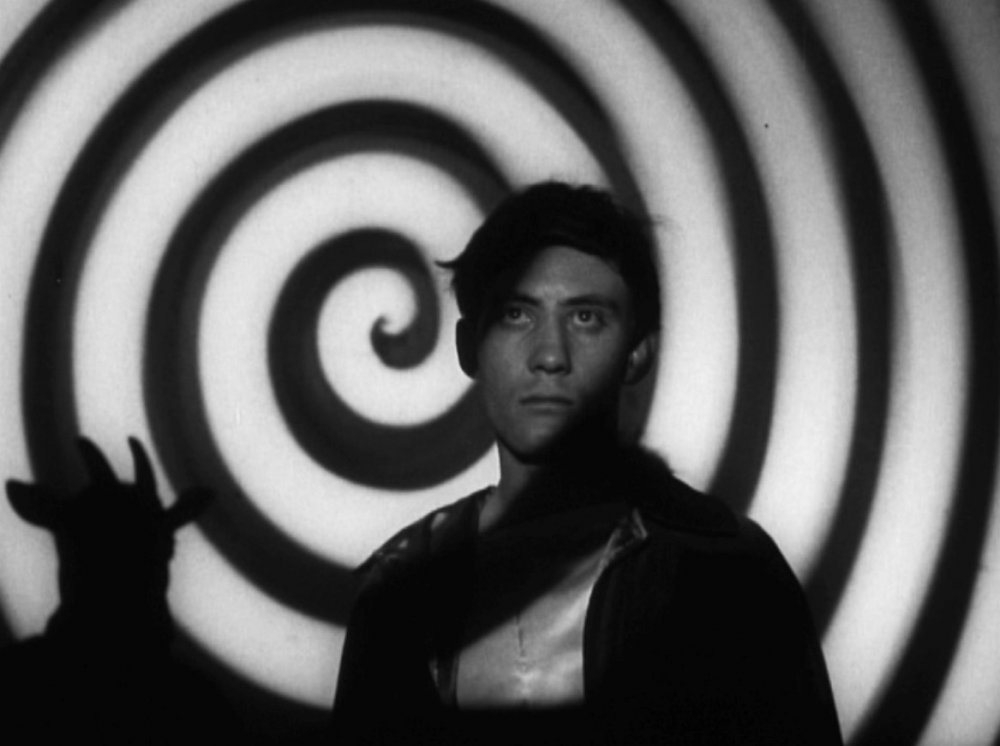
Given its otherwise gritty depiction of bored small-town youth and dead-end jobs at a fish-processing plant, For Those in Peril demanded a leap of faith from the viewer to buy into this underlying notion, but the defining idea proves a better fit here. Assailing us with a torrent of images and a potent, multifaceted score from Adrian Utley and Will Gregory of avant-rock bands Portishead and Goldfrapp, Arcadia effectively works the audience into a kind of reverie, making us more open to perceptions beyond familiar rationalist or religious worldviews. This kind of collage cinema isn’t perhaps the best place for precisely delineated arguments but, driven by fast-cut highs picturing bacchanalian liberation and contrasting moments of doomy frisson in pixellated images of surviving folk traditions, its cumulative impact takes us out of ourselves into an altered state somewhere between waking and dreaming.
The seasoned cinephile, of course, will try to spot the provenance of the clips, but that turns out to be a fool’s errand, since the wealth of material – and the velocity with which it leaps at us – pretty much demands that we go with the flow. There’s always something fascinating on screen, from early cinema ethnography of English country life to some choice 1970s TV reportage (the woman who has had her pet poodle stuffed is desperately sad, shamefully amusing and unexpectedly disturbing all at once), a fair amount of bouncy vintage naturist footage and seeming propaganda images enshrining a bucolic ‘Merrie England’ of mock Tudor and cricket on the village green.
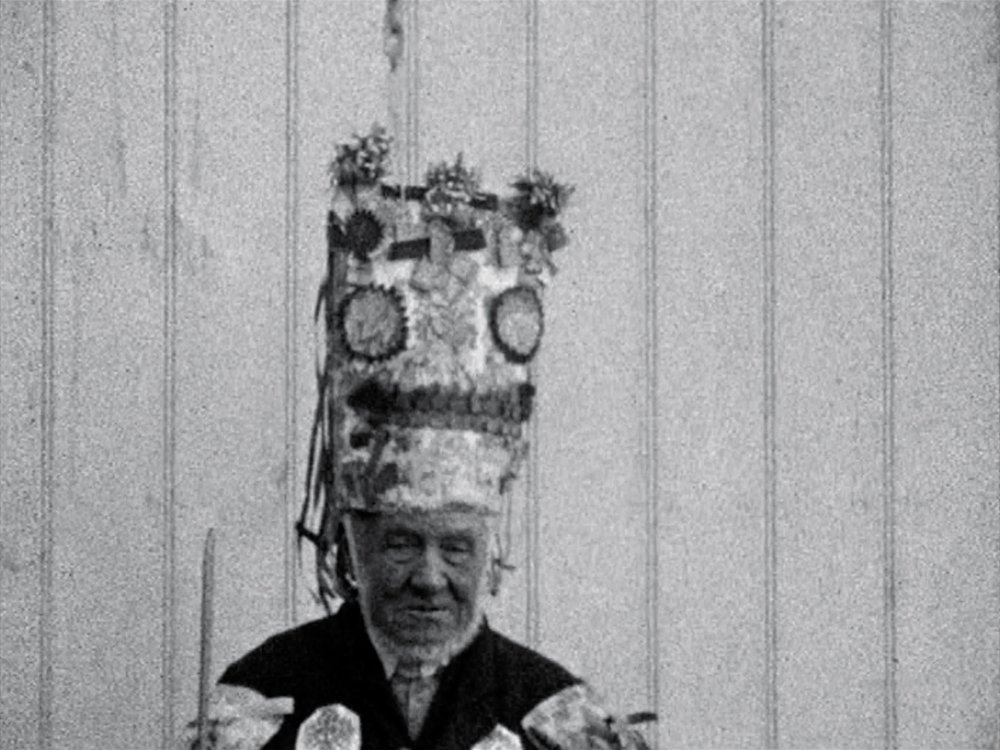
Wright must be commended for avoiding the obvious, and while his intriguing choices retrieve the likes of Kevin Brownlow’s Winstanley (1976), David Gladwell’s Requiem for a Village (1975) and Chris Newby’s Anchoress (1993) from the margins of British cinema history, the expansive archive survey on view here is ultimately in thrall to his own overall design. Hence dividing chapters lay out both the liberating and chastening aspects of rural life, before suggesting how urbanisation has distanced us from our previous affinity with the land, while scientific footage of natural regeneration tops and tails the proceedings to express the cyclical potential of renewal.
Overall, it’s weirder and gnarlier than, for example, Penny Woolcock’s 2012 national portrait From the Sea to the Land Beyond, though not perhaps as compact and purposeful as Benedikt Erlingsson’s splendid combination of spectacle and social history in 2015’s The Show of Shows, among relatively recent rival found-footage features. Where it really scores, though, is in Wright’s instinctive, somewhat Lynchian feel for the unexpectedly disturbing quality that seemingly benign images of soil or folk costumes take on when they are slowed down or magnified. Meanwhile, Utley and Gregory deploy string quartet, analogue synths and a vocal ensemble to create a musical tapestry that wouldn’t have been out of place in a Stanley Kubrick film.
It’s all a bit wiggy and woolly, but there’s an authentic and highly personal artistry at work here that’s surely to be cherished.
-
Sight & Sound: the July 2018 issue
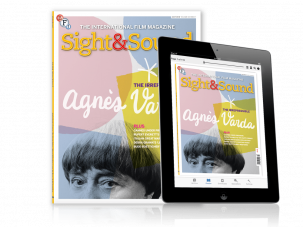
The irrepressible Agnès Varda, Cannes 2018, Marco Bellocchio, Debra Granik, The Happy Prince, Budd Boetticher and more.
-
The Digital Edition and Archive quick link
Log in here to your digital edition and archive subscription, take a look at the packages on offer and buy a subscription.




